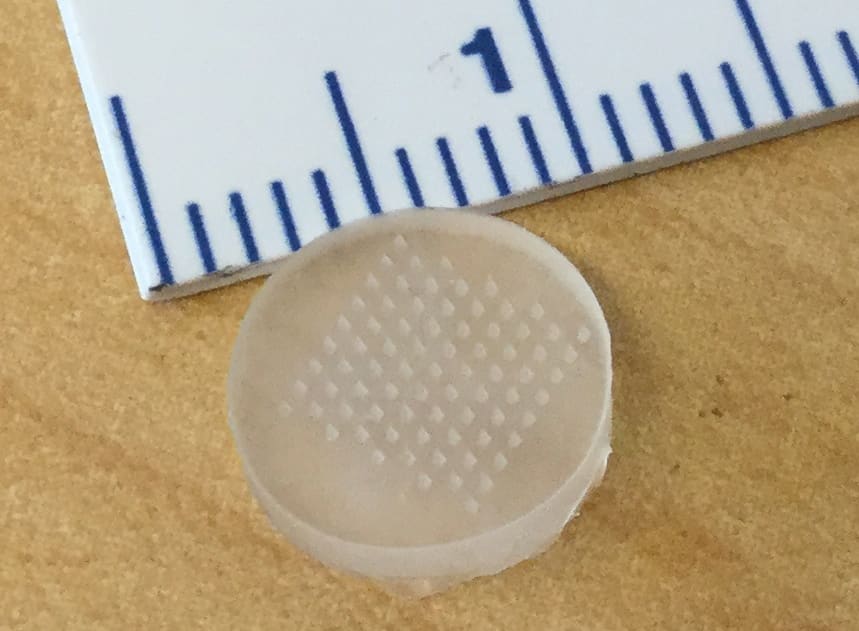Facebook’s Developer Circles are local communities designed to help developers learn and grow. For the 2019 Developer Circles Community Challenge, you are invited to build software applications that use at least one of three featured technologies: React360, Spark AR, and/or HTML5 Games. Your software must also fit into one of three categories: Gaming and Entertainment, Productivity and Utility, or Social Good.
Build software using React360, Spark AR, or HTML5 Games to give people the power to connect with friends and family, find communities and grow businesses.





